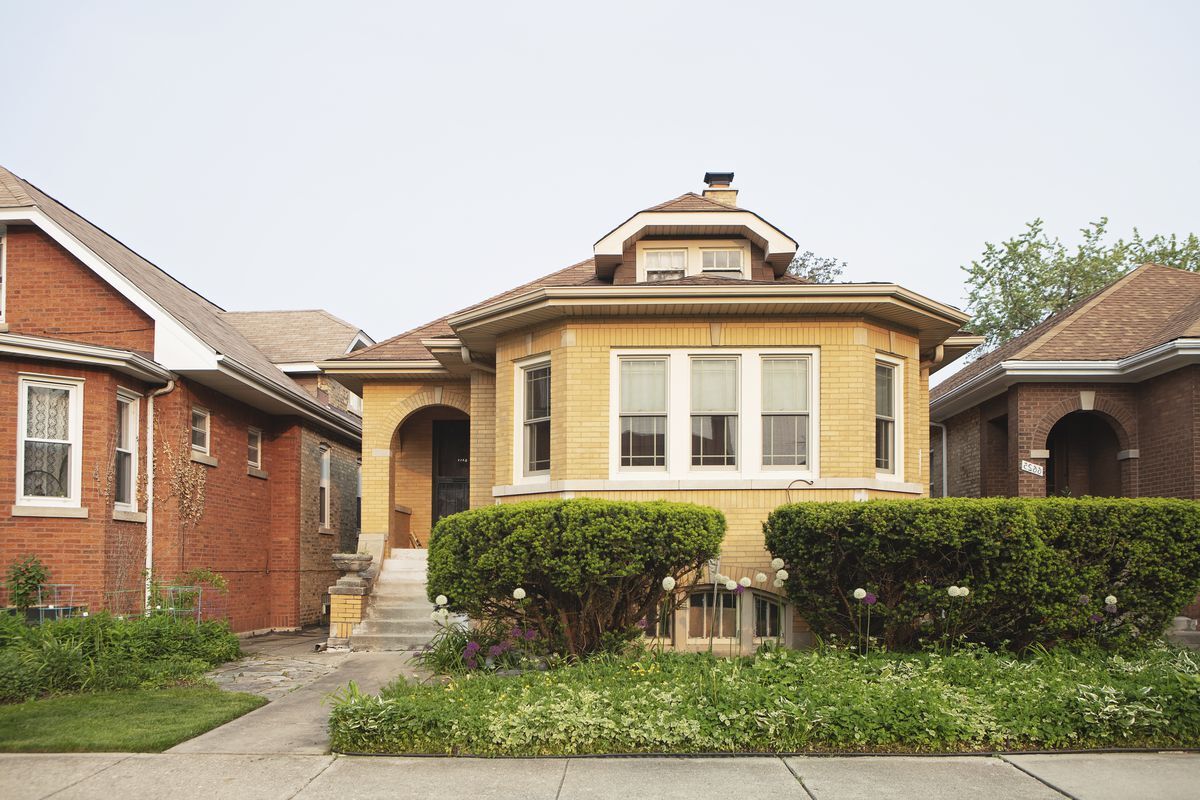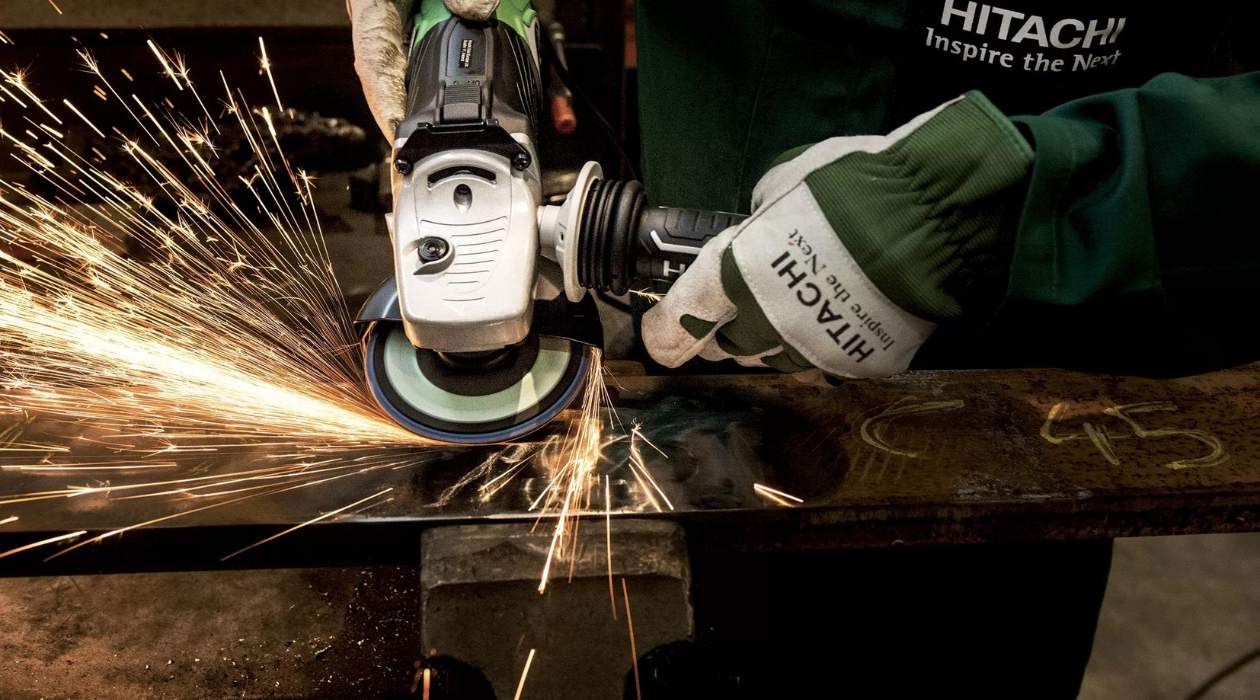Home>Ideas and Tips>Cryptic Clues To Understanding Your Home’s History


Ideas and Tips
Cryptic Clues To Understanding Your Home’s History
Published: October 19, 2024
Uncover your home's hidden history with cryptic clues. Learn how to decode architectural styles, floor plans, and more to reveal your property's past.
(Many of the links in this article redirect to a specific reviewed product. Your purchase of these products through affiliate links helps to generate commission for Storables.com, at no extra cost. Learn more)
Understanding the history of your home is a fascinating journey that can reveal hidden secrets, uncover forgotten stories, and provide valuable insights into its true value and condition. Just like cryptic crossword clues require patience, persistence, and lateral thinking, uncovering the history of your home demands a similar approach. In this article, we will delve into the world of cryptic clues and explore how they can be applied to understanding your home's history.
The Importance of Knowing Your Home's History
Knowing your home's history is crucial. It provides you with knowledge about the property's past, which can help you make informed decisions about repairs, renovations, and even negotiations with sellers. Understanding the exact year of construction can determine the state and safety of various construction techniques and materials. This information is essential before starting any repairs or remodeling projects.
Detective Work
Digging into the details of your home's past requires some detective work. It involves inspecting the exterior and interior of the house, matching architectural styles, examining floor plans, checking walls and flooring for inconsistencies, and looking up for changes in ceiling height. These clues can hint at additions, remodels, or even earlier designs.
Exterior Inspection
The exterior of your home can provide significant clues about its history. For instance, if the outside architectural style is consistent but there are different styles visible on the interior, it might indicate a later addition to the original structure. Similarly, knowing your materials—whether the exterior walls are made of the same material or different ones—can also indicate an addition.
Interior Matching
Matching the interior to the exterior is another crucial step. If there are sections inside that do not match the exterior style, it suggests major remodeling in one area but perhaps not an addition. For example, if your Georgian house has an asymmetrical floor plan, it implies significant alterations.
Floor Plan Analysis
The floor plan of your home can also reveal its history. A symmetrical floor plan in a Georgian house would indicate that it has been altered significantly if it is now asymmetrical. This analysis helps in understanding whether changes were made to the original design or if there were additions.
Wall and Flooring Inspection
Inspecting walls and flooring for inconsistencies is another way to uncover hidden clues. Inconsistent walls or floors can hint at earlier designs or filled-in doors and windows. For instance, if the boards all run the same direction within a room but are different sizes throughout, it could indicate an earlier design.
Ceiling Height Changes
Changes in ceiling height can demonstrate several different things: that a wall has been removed, an addition built, or mechanical systems added. This is particularly important when considering structural integrity and safety.
Molding and Switch Plates
Clues about old paint colors and/or wallpaper are often lurking behind molding and switch plates. These can suggest both the earlier look of a room and what its original use was. For example, if you find old paint colors or wallpaper patterns behind molding or switch plates, it could give you an idea of how the room looked in the past.
Interior Trim
A change in baseboard trim, window/door frame styles, or other altered embellishments can lead you to either an addition or a thorough remodeling. This is another way to determine if there have been significant changes to the original design of your home.
Neighbors' Property
Spying on your neighbors' property can also reveal clues about your home's history. If their walls and fences are identical to yours but larger, it could indicate that a larger property was subdivided for development. This could mean that your house was part of a larger estate in the past.
Yard Inspection
Scouring your yard for clues is another important step. Changes in grass color, depressions in the ground, or other markers indicating a lost wing of the house or an outbuilding can help locate a garden or orchard. Abandoned, overgrown, or clearly removed foliage can also provide valuable information about what once existed on your property.
Cryptic Clues in Home History
Now that we have covered the practical steps for uncovering clues about your home's history, let's explore how cryptic clues can be applied to this process.
Cryptic Definitions
Cryptic definitions are clues that present a definition in a misleading way. They require lateral thinking and can be frustrating if you know what you're looking for but don't know the word. For example, a clue like "needs to be left running for a time (9)" might seem straightforward but actually refers to a water clock (CLEPSYDRA).
Lateral Thinking
Cryptic clues challenge us to think laterally, to see connections where others see none. This skill is essential when uncovering hidden clues about your home's history. For instance, if you notice inconsistencies in wall thickness or flooring direction, you need to think creatively about what these inconsistencies might indicate—whether it's an earlier design or filled-in doors and windows.
Wordplay
Cryptic clues often involve wordplay, which can be both fascinating and challenging. Wordplay can include puns, double meanings, and other forms of clever language use. When applying this skill to understanding your home's history, you might find clues hidden within architectural styles or materials used in construction.
Example Clues
Let's take some example clues related to home history:
- "Hidden Patterns" (8): This clue might refer to patterns found behind molding or switch plates that reveal old paint colors or wallpaper designs.
- "Structural Secrets" (10): This could refer to changes in ceiling height indicating removed walls or added mechanical systems.
- "Material Mix-Up" (6): This might indicate different materials used in exterior walls, suggesting additions or remodels.
- "Flooring Frenzy" (7): This could hint at inconsistent flooring directions within rooms, suggesting earlier designs.
Creative Writing Inspiration
Cryptic crossword clues are not just brain-teasers; they are fertile ground for creative inspiration. They can ignite your imagination and inspire stories about hidden histories and mysterious pasts. For example:
- "The Whispering Walls" (9): This could inspire a story about a house with walls that whisper secrets to those who dare to listen.
- "The Lost Wing" (8): This might lead to an adventure tale where characters uncover a hidden wing of the house filled with forgotten treasures.
- "The Enigmatic Architect" (11): This could inspire a biographical narrative about an architect whose designs hold secrets and mysteries.
Read more: Understanding Your Home’s Circuits
Conclusion
Understanding your home's history is a journey that requires patience, persistence, and lateral thinking—skills also essential for solving cryptic crossword clues. By applying these skills to uncovering hidden clues about your home's past, you can gain valuable insights into its true value and condition. Whether it's inspecting the exterior for architectural styles or examining interior trim for changes in baseboard trim, every detail holds a story waiting to be uncovered.
In conclusion, knowing your home's history matters significantly because it provides knowledge about past repairs, renovations, and events affecting it over the years. By using cryptic clues as a metaphor for detective work in uncovering these secrets, you can ensure that your home remains structurally sound and safe for you and your family today.
Additional Resources
For those interested in further exploring their home's history or learning more about cryptic crossword clues:
- United Van Lines: Offers moving tips and packing advice along with city guides and other helpful information.
- Alberich Crosswords: Provides articles on cryptic definitions and their use in crosswords.
- Saving Places: Offers tips for finding clues to your home's history.
By combining practical detective work with creative lateral thinking inspired by cryptic crossword clues, you can uncover the rich history hidden within your home's walls.
Was this page helpful?
At Storables.com, we guarantee accurate and reliable information. Our content, validated by Expert Board Contributors, is crafted following stringent Editorial Policies. We're committed to providing you with well-researched, expert-backed insights for all your informational needs.












0 thoughts on “Cryptic Clues To Understanding Your Home’s History”